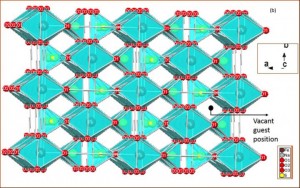
(shutterstock)
The UK government is squeezing more money out of the mobile industry. Regulator Ofcom has announced a significant increased in licence fees for the 900-1800MHzz radio spectrum.
Ofcom has today published revised annual fees for mobile operators, determining the amount of money they must pay to use certain parts of mobile spectrum.
It is the result of a five year project by the Government which Ofcom says “reflects full market value”.
But it will be seen as another post-recession austerity measure to get more money from an industry the government believes can avoid a price hike.
It remains to be seen how much of the increase will be passed on to users in higher charges.
The fees are paid annually by mobile network operators for the 900MHz and 1,800MHz spectrum bands, which they use to provide voice and data services using a mix of 2G, 3G and 4G technologies.
As a result Vodafone and Telefonica (which still owns O2) will see the cost of the spectrum they use rise from £15m to £50m, EE will see a price rise from £25m to £75m and the fourth operator 3, a rise of £17m to £25m.
The government’s annual revenues for spectrum licencing will more than triple to almost £200m.
The rises are smaller than proposals published at the start of the year.
The new fees come into effect in two phases: one half of the fees increase, from the current to the new rates, will come into effect on 31 October 2015.
The second half will come into effect on 31 October 2016, with full fees payable annually from that point.
Philip Marnick, Ofcom’s group director of spectrum, said:
“We have listened carefully to the arguments and evidence put forward by industry, and conducted a complex and comprehensive analysis to determine the new fees.
“The mobile industry has not previously had to pay market value for access to this spectrum, which is a valuable and finite resource, and the new fees reflect that value.”
Richard Wilson




